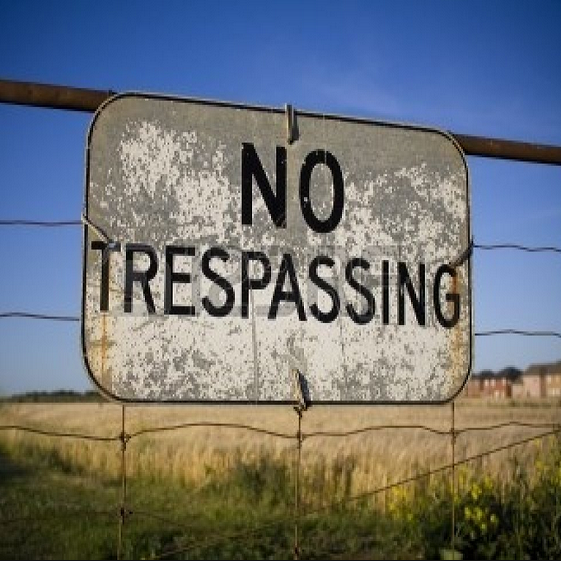Trespass is the act of entering upon another person’s property against that person’s express directive. In New York State it is a crime to trespass under the following circumstances:
- Remaining on or returning to a property after being asked to leave and not return.
- Entering upon property properly posted without permission. Proper posting requires 11″ square signs not more than 660′ apart located close to or along boundaries. There must be one sign per side and one sign per corner. The signs must bear the name and address of the person posting and must state “Posted” or describe the prohibited activity in a conspicuous statement. It is not recommended to brandish a firearm when requesting someone to leave.
- Entering upon premises fenced otherwise enclosed to exclude intruders.
This does not mean fenced to enclose farm animals such as one or more strands of barbed wire. Criminal trespass can be enforced by calling for the police or Sheriff.
If you suspect the trespasser is violating conservation law you can call the DEC, however, response time is not very fast given the limited number of enforcement officers in any given region.
Trespassers can be held liable for civil damages even if no criminal action has been taken. “Nominal” damages are available if no property damage has been done. Actual damages are recoverable if the trespasser has damaged your property. Any damage to timber or trees is recoverable at three times (treble) the value of the trees cut (RPAPL §861).
David Colligan, a member of NYFOA’s Niagara Frontier Chapter, is a practicing attorney with a Buffalo law firm (Colligan Law LLP; 600 Bank of America Building, 12 Fountain Plaza Suite 600 Buffalo, NY 14202) and regularly provides articles on legal matters of interest to forest owners.
